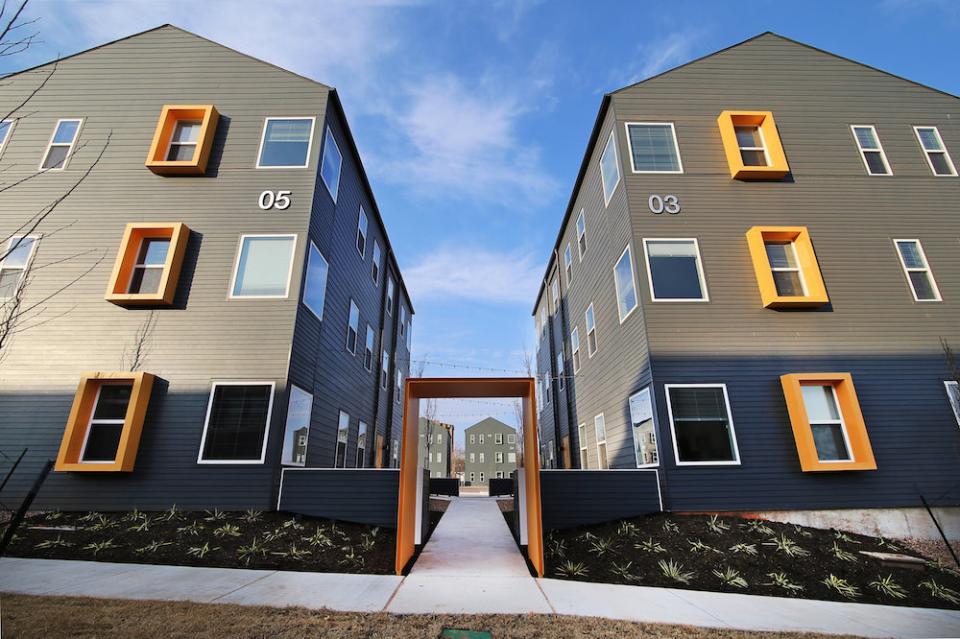
I have a lot of conversations about apartments every day. Within minutes of a conversation, it is easy to spot who knows what they are talking about and who does not. Knowing what to say and understanding the vernacular is part of the process. These are words or phrases that I often say and realize that not everybody knows what I am talking about. In an effort to create the universal translator for apartment investing, the following are phrases that you will often hear and their explanation.
RUBS
This stands for the ratio utility billing system. This is a way for an owner/manager to bill back the cost of utilities to the tenant when the property is on one meter. The calculation is done several ways, but the easiest is to divide the total bill (water, electric, or gas) by how many people currently live at the property and then divvy out the bill to the tenants by how many people live in that unit. There are more sophisticated ways to divvy out the bill using square feet, number of baths, etc. Just remember that RUBS = bill back.
BPs (pronounced “bips”)
This is a reference to basis points. A basis point is the smallest measure for quoting interest rate percentages. It is equal to one-hundredth of one percent (ex. 0.01%). Therefore 100 bips is equal to one whole percentage point. When I obsess over bips, it is because I am talking about interest rates and that is what can make or break a deal.
LVT
This stands for Luxury Vinyl Tile. It is the newest flooring product craze that is taking over the apartment renovation world. This stuff is relatively inexpensive, good looking, and extremely durable. I use this acronym when I am talking about great ways to add value and lower on-going operating costs when considering a property renovation.
T-12
This means the Trailing 12 months of operating cash flow. The number can change from T-1 to T-15, and it still means Trailing, but the number of months reported is changing. Someone asked me for “financials,” and I gave them a T-3, but they thought they were missing information. Come to find out they wanted a T-12, and this also told me they really don’t know what they were doing.
EGR
This is Effective Gross Revenue. It is all of your collected rents plus other income minus vacancy, loss to lease, concessions and other income detractors. At no point in time does EGR deal with operating expenses. EGR is a beginning look at how effectively the property is bringing in cash. Which is one side of the story, but it is where you can determine if you can grow your income.
CapEx
This stands for Capital Expenditure. It refers to the amount of money an owner spends to renovate parts of a property that will be beneficial beyond the current tax year. This includes heating and air, roofs, flooring, paint, blinds, light fixtures, etc. All this is to say; when these get renovated, they should not appear on the operating cash flow statement. Capital Expenditures are their own breed of expenses outside of day-to-day operations.
How did you do? Did you know them all? The hope here is to provide you a way to be included whenever anyone is talking apartments.




